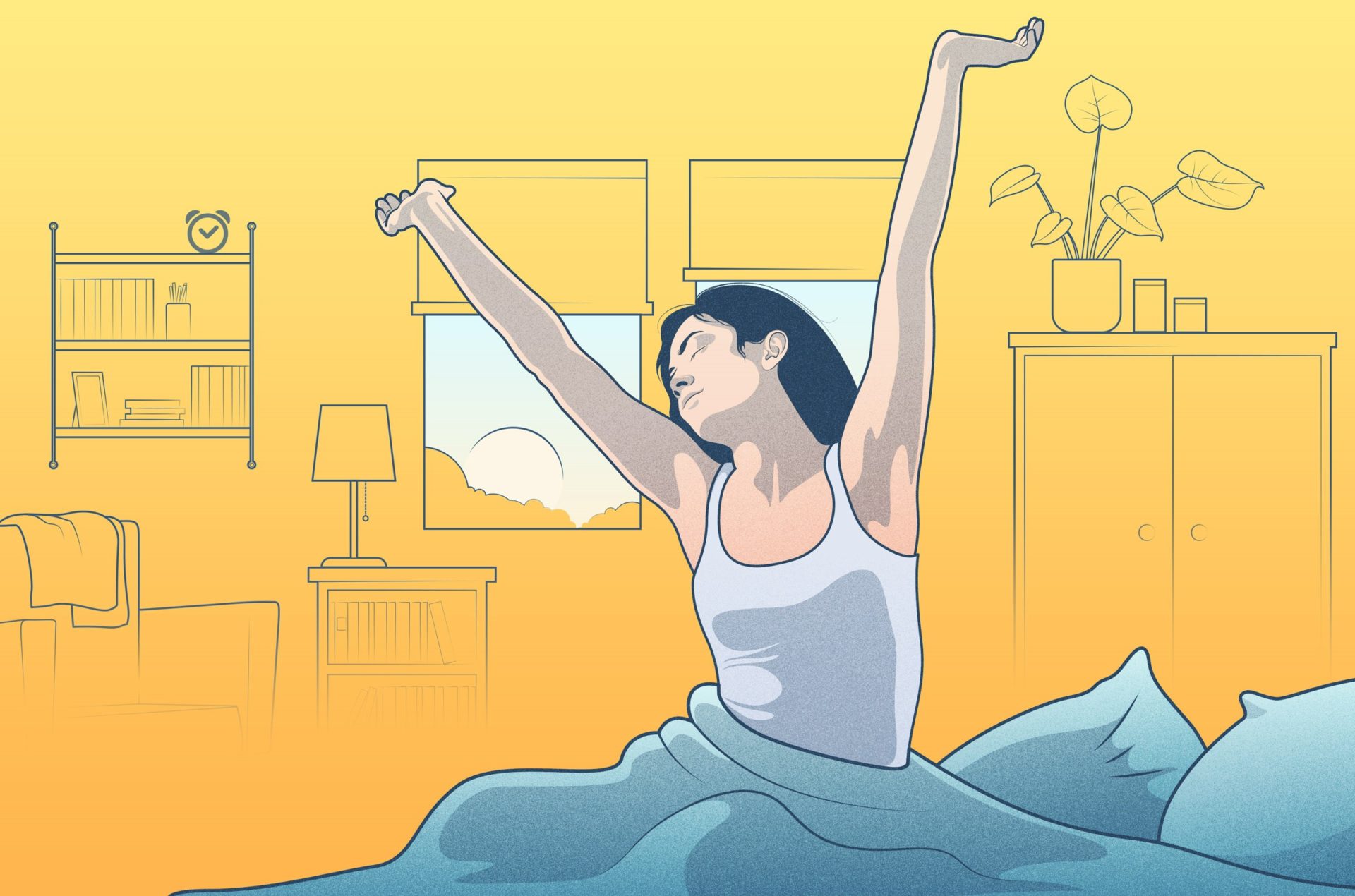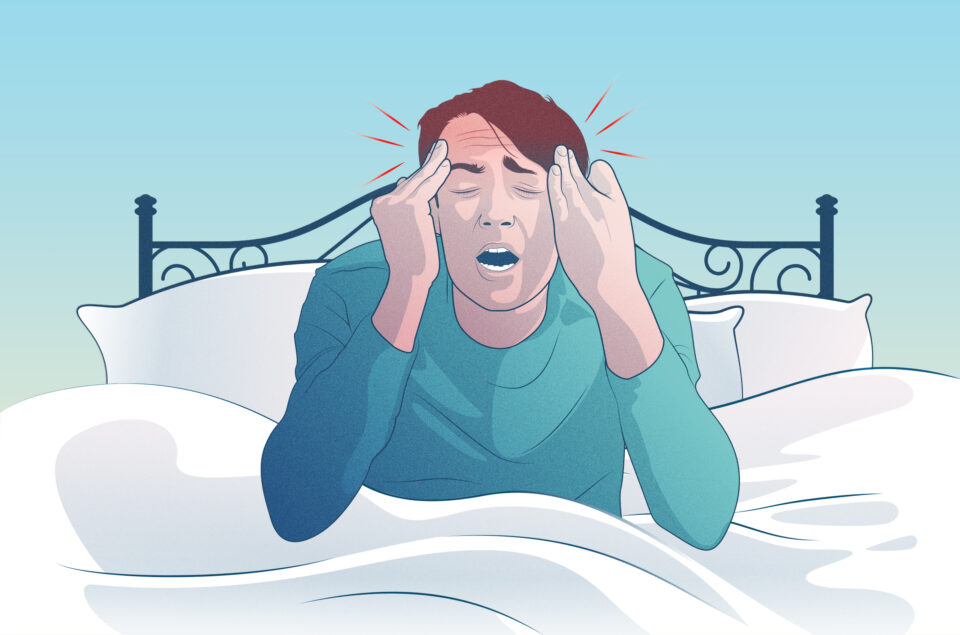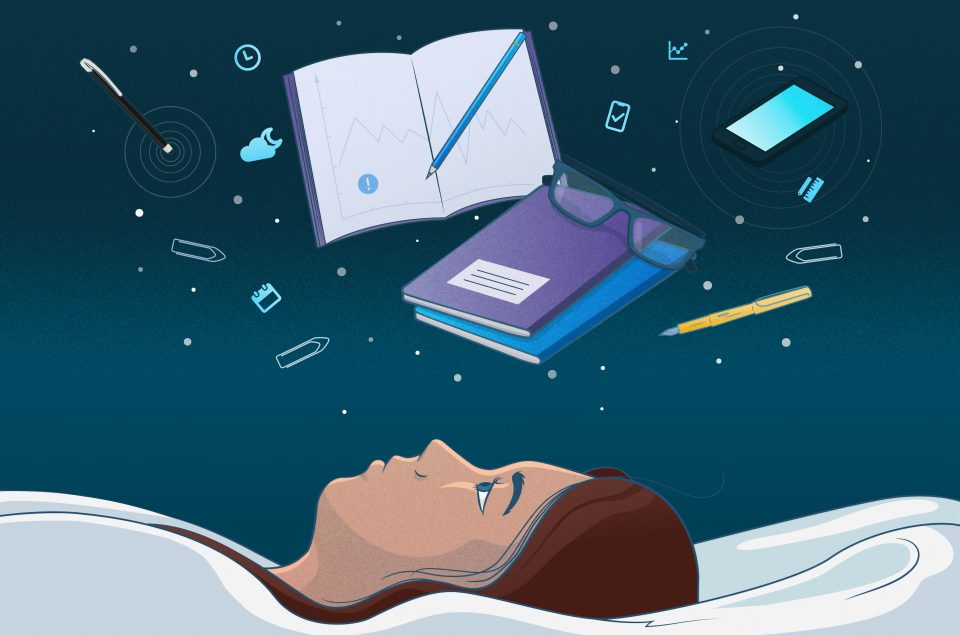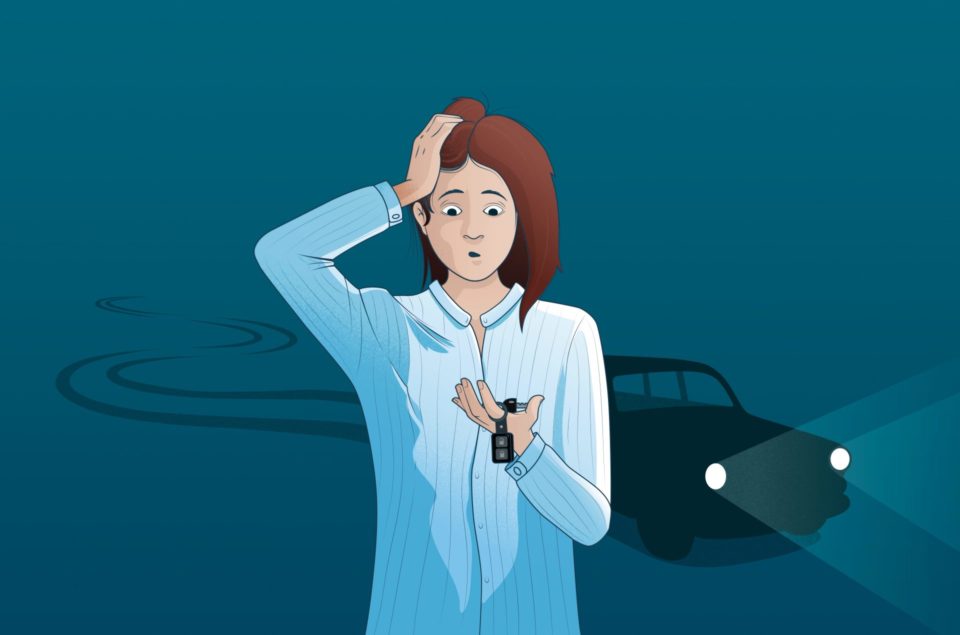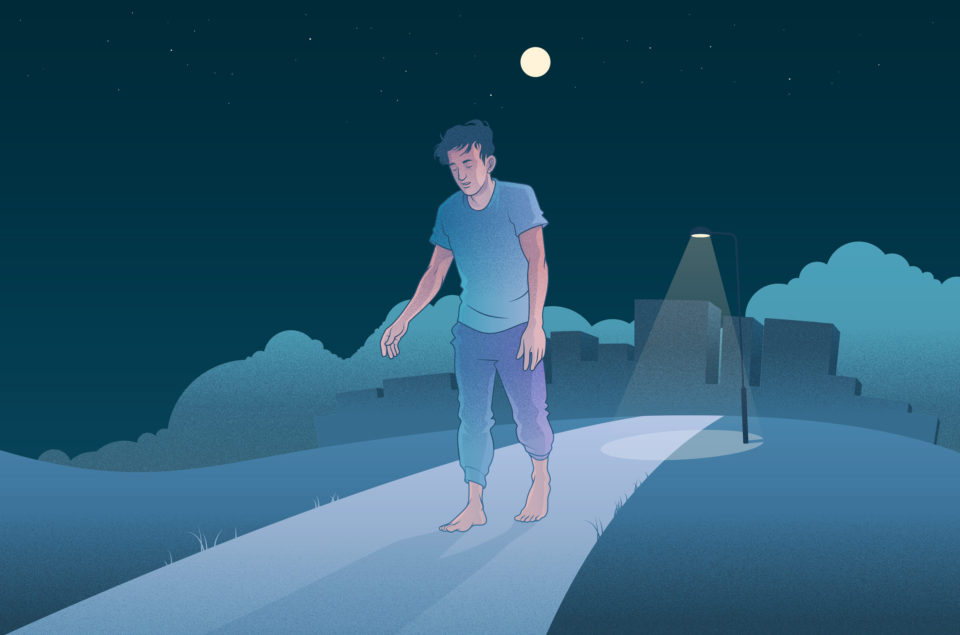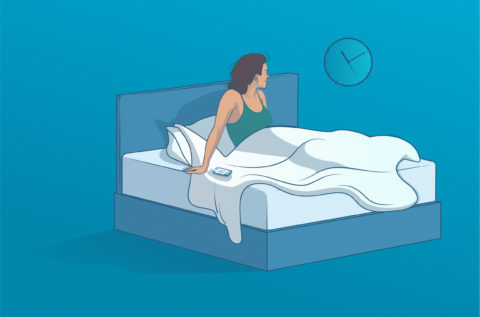You are waking up from (what seems) like a good night’s sleep. You would expect to be ready to start a bright, new day. But, instead, you feel tired, groggy, slow, disoriented, and drowsy. What’s going on? You’re most likely experiencing sleep inertia.
In this article, we will cover:
- Sleep Inertia – what it is
- What causes it?
- The impact of sleep inertia at work and on your own safety
- Countermeasures to minimize the effects of sleep inertia
What is sleep inertia?
In medical terms, sleep inertia is a state of impaired cognitive and sensory-motor performance that occurs immediately after waking up. You feel tired, disoriented and drowsy despite a long night’s sleep or a much-needed nap. Typically, this groggy state lasts just 15-30 minutes. In severe cases, however, prolonged sleep inertia can continue for several hours.
Sleep inertia isn’t considered a parasomnia – it may actually be a protective mechanism to help you fall back asleep if you wake up in the middle of the night.
Symptoms
The effects of sleep inertia are most acute upon waking and disappear as you transition from sleep to a complete state of wakefulness. However, it can temporarily negatively impact situational awareness, decision making, memory and reaction time, making it difficult to perform even simple tasks.
Symptoms of sleep inertia typically appear upon waking from a lengthy sleep period or after naps over 30 minutes. The most common symptoms are:
- Sleepiness and grogginess
- Impaired cognition
- Impaired spatial memory
- Impaired visual attention
- Confusion, slowness and even grouchiness
What causes sleep inertia?
Why does it happen? A lot is known about falling asleep. Far less is understood about the transition from sleep to wakefulness. There are several contributing factors that appear to influence the severity and duration of sleep inertia:
- High levels of adenosine: adenosine, a molecular compound that can be found in the brain and cells, is responsible for promoting sleep and inducing drowsiness during the day. Research suggests that high levels of adenosine upon awakening can cause sleep inertia (adenosine is still sending signals to our body to stay drowsy when we are already awake).
- Increase in Delta waves: delta waves or slow waves are electrical waves in our brain that are linked to deep and non-REM sleep (also called slow-wave sleep or SWS), these are the sleep stages where our body restores and regenerates itself. Sleep inertia can occur if awakening occurs during SWS – when the brain hasn’t reduced the delta waves yet to wake up and there are fewer beta waves, associated with wakefulness.
- Sleep deprivation: prolonged sleep deprivation can increase both the time spent in SWS and the levels of adenosine. Therefore, the chances of experiencing sleep inertia increase if you’re sleep-deprived.
- Your chronotype: findings suggest that sleep inertia is influenced by individual circadian rhythm characteristics. Later chronotypes may suffer from longer-lasting impairments during the morning and need longer recovery time then.
- Low blood flow to the brain: the blood flow to the brain increases or decreases depending on the sleep stage. Scientists believe that sleep inertia could also be caused by a low blood flow to the brain upon awakening, and could take up to 30 minutes to reach daytime levels.
The frequency and severity of sleep inertia can also be more enhanced in people with mood disorders, such as depression, and with sleeping disorders, such as sleep apnea.
The impact of sleep inertia at work and on your safety
But when is sleep inertia more than an inconvenience and perhaps even dangerous? When there is a potential for negative outcomes. Since sleep inertia can severely impair productivity and performance, it’s a challenge for people who have to perform safety-critical tasks or take other important decisions soon after waking. A study concluded that decision-making performance was as little as 51% of optimum during the first minutes after awakening, and even 20% below the ideal after 30 minutes.
Consider the fact that this includes everybody from truck drivers, pilots, and machine operators, to those who work on-call or nap on-shift, such as first responders, doctors, and nurses, as well as industrial workers and military personnel. Some other studies also show a link between sleep inertia and an increase in accidents attributed to a human error within an hour of waking while driving to work: this human error was related to a slower reaction time and alertness.
If you’re concerned about sleep inertia and feel that it’s disrupting work and life in general, and may pose a risk to you and others, ensure you speak to your healthcare provider.
How to minimize the effects of sleep inertia
There are several options that seem to help minimize common sleep inertia symptoms so that you can feel more awake, more quickly:
- Caffeine: coffee or caffeinated tea might work for you, if you haven’t tried it already. Caffeine blocks the adenosine receptors in the brain and promotes wakefulness and alertness.
- Wake up with ample time: start your morning slowly and with a nice breakfast. This can help ease you out of inertia, especially if you are a later chronotype. If time doesn’t allow for a slow morning routine, splashing water on your face or having a shower can also help.
- Power napping: Short naps strategically planned according to the time of day, whilst being mindful of prior sleep/wake history might help avoid sleep inertia and also be beneficial for your work performance, memory and learning. Moreover, research also shows that having a caffeinated drink prior to the power nap can help minimize the effects of sleep inertia. However, make sure power naps don’t last more than 30 minutes – as this may increase the risk of experiencing sleep inertia and suffering from insomnia.
- Use a smart alarm: a smart alarm clock like the one in the Sleep Cycle app can help avoid sleep inertia by waking you up when you are in your lightest sleep phase (not during SWS).
- Check your room temperature: your body temperature drops during the deeper sleep stages and slowly rises again before awakening. Sleeping in a room that is too hot can cause bad sleep quality, as your body can’t cool down, and consequently cause fatigue in the morning.
- Keep a consistent sleep schedule according to your chronotype: although it may not be easy to merge work and life schedules with your individual chronotype, it’s essential to stick to a sleep schedule to avoid sleep inertia – regularity helps minimize the risk of waking up during the deeper sleep stages (SWS).
- Get some light (and when not to): research suggests that the natural daylight from the sunrise may help to minimize the effects of sleep inertia, as this increases the Cortisol Awakening Response (CAR) – a peak in cortisol levels in the first hour after awakening that takes us back to the state of alertness. However, exposure to the light from electronic devices or artificial lights at night contributes to sleep inertia in the morning, as they may disrupt the circadian rhythm and disrupt sleep.
In general, keeping healthy sleep habits and ensuring you pay attention to your sleep hygiene can help get better sleep at night and reduce the effects of sleep inertia in the morning.
Sleep inertia: just that groggy feeling when you wake up
You’re not alone. Sleep inertia is quite common and, in the vast majority of cases, nothing to worry about. More of an inconvenience, really. It simply takes longer for you to feel and function as if fully awake so that you can get on with your day. You’ll ride it out!
Download Sleep Cycle to discover the benefits of the smart alarm clock
